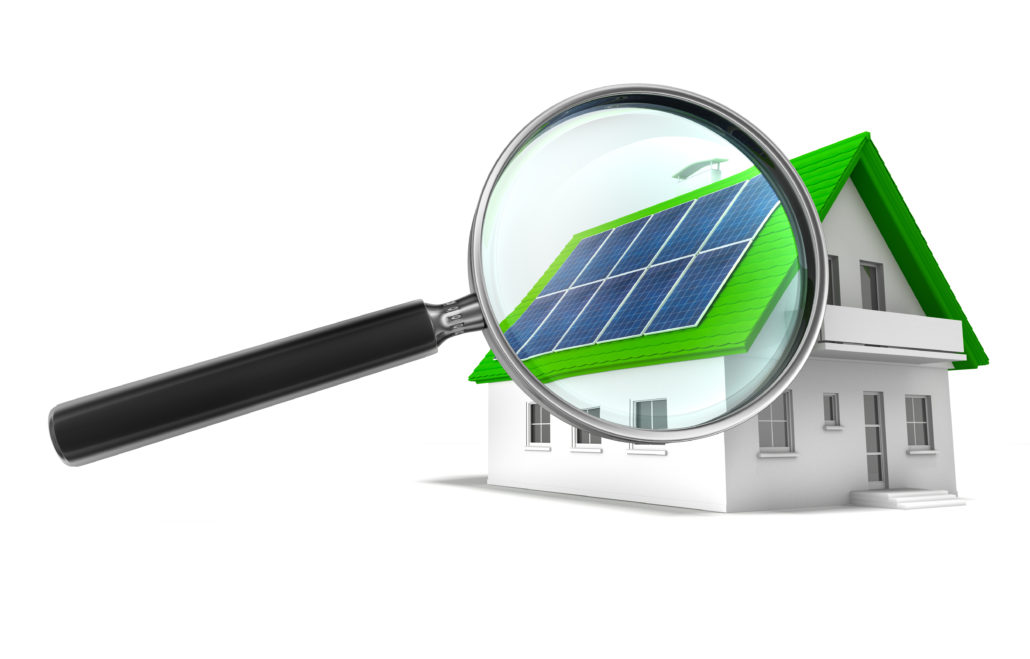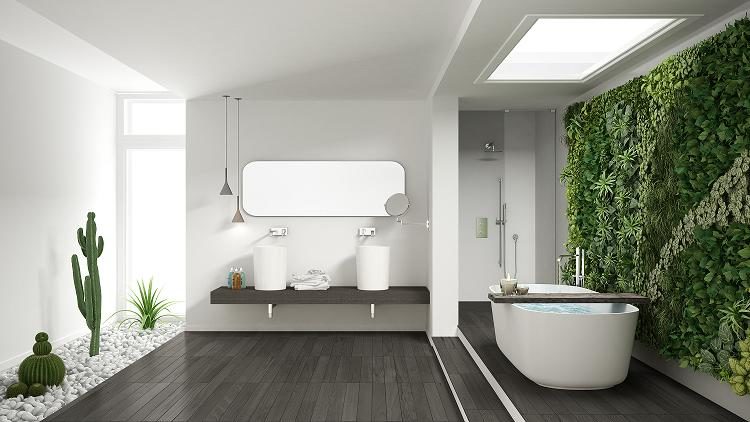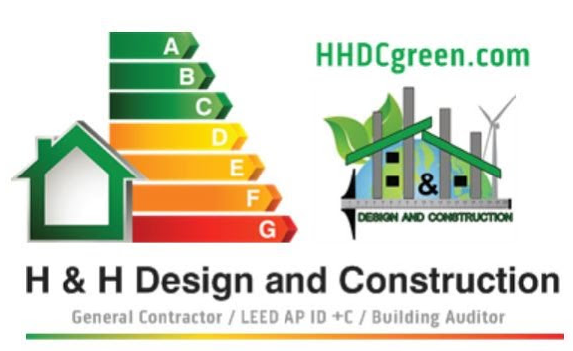 As more and more people in South Florida are using the PACE program to retrofit their property and make it more efficient and sustainable, one of the most frequent questions I get asked all the time is how do they really know if value of their property will increase with the new transformation?
As more and more people in South Florida are using the PACE program to retrofit their property and make it more efficient and sustainable, one of the most frequent questions I get asked all the time is how do they really know if value of their property will increase with the new transformation?
That is a very important and fair question if you want to differentiate the Green value of your property from the standard competition. Unfortunately, because Green homes are relatively new to the South Florida market and comparable homes are difficult to find, energy efficiency upgrades may be overlooked in the appraisal process for a variety of reasons, including a lack of access to quality data and appraiser qualifications. Only small number of appraisers are aware of the unique features of Green building, zero energy or high-performance homes and understand the added value of energy- efficiency upgrades and “Green” implementations.
According to the Appraisal Journal, the market value of a home increases by $10.00 – $25.00 for every $1 decrease in energy bill. To ensure that the appraiser takes the home’s upgrades into account, the property owner should clearly identify the property as a special property type, which requires an appraiser qualified in the valuation of energy efficient, high-performing home. Also, The Federal Housing Administration, Fannie Mae and Freddie Mac, require appraisers to consider the energy efficient improvements of the homes.
To standardize the communication of the high performing features of residential properties, the Appraisal Institute has developed the Residential Green and Energy Efficient Addendum. The Appraisal Institute’s Green Addendum is the first residential green and energy efficient appraisal report addendum developed by appraisers, for use by appraisers.
Builders, contractors with knowledge in green building and third-party verifiers are encouraged to complete this Addendum and present to appraisers, agents, lenders, and homeowners.
The Residential Green and Energy Efficient Addendum also educates about what is green building and how it applies to all the phases from design, construction, operation, maintenance, renovation, and deconstruction. Also, highlight the six elements found in green building that must be considered, including (1) site, (2) water, (3) energy, (4) materials, (5) indoor environmental quality, and (6) maintenance and operation. The energy efficiency and water conservation are the most measurable elements of green or high-performance housing.
The following verified improvements are considered within the appraisal analysis of the subject property for an increase value:
- Green Certifications: such as LEED, FGBC, EnergyStar, Zero energy homes, Indoor airPlus, WaterSense, Living Building Challenge.
- Energy Label: from approved sources, such as Department of Energy (DOE) and Home energy score RESNET’s HERS rating.
- Verified Improvements: specifically, those that have documented cost information available. Energy efficient improvements including: Low E windows, insulation, Day lighting, Energy Star appliances, water heater, high efficient air conditioning, programmable thermostat. Indoor environmental quality improvements like nontoxic pest control, humidity monitoring device installed and water efficiency improvements including grey-water reuse system, water saving fixtures, rain barrels.
- Solar Photovoltaic System: including the panel specifications, inverter, battery storage capabilities, and array information.
- Solar Thermal Water Heating System: including type of system, collector type, backup system.
- Location –Site:additional considerations in the appraisal analysis apply to walk score, public transportation proximity and site benefits, such house orientation and water efficient landscaping.
Before you make the decision on your next retrofit project be smart and get informed about the strategies and implementations that will increase more your property value. For more information on the best retrofit and how to do it with 0 Down-payment and 100% finance, please, send us an email to: info@HHDCgreen.com
By: Maria M. Hernandez
LEED AP ID+C, Building Analyst,
CGC#1515897
Ciudad Weston Nwspaper


